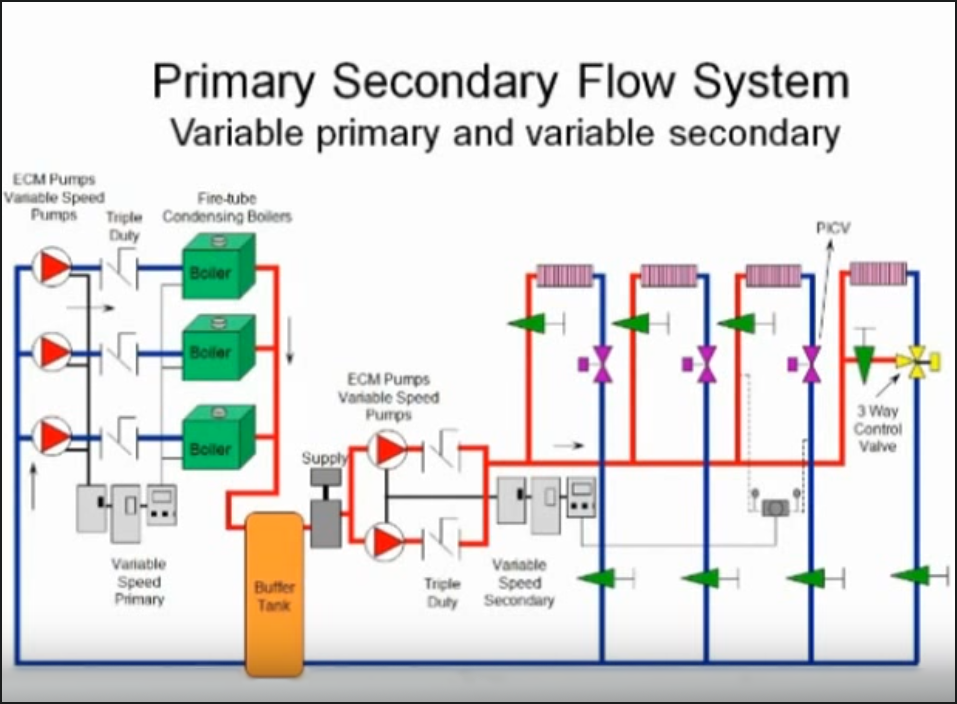“What Pressure Do I Pre-charge My Hydropneumatic Tank To?”
/How To Size A Hydropneumatic Tank in A Pressure Booster System
/ASME Hydropneumatic Tanks Play An Important Role in Pressure Booster Systems
/“Do I really need a hydro-pneumatic tank on my variable speed pressure booster?”
It’s a question many engineers will ask, particularly after ASHRAE 90.1 – 2010 takes effect in commercial building codes as early as October of this year. As we discussed in an earlier blog on variable speed pressure boosting, the new ASHRAE standard no longer permits pressure reducing devices to reduce the pressure of water supplied by booster system pumps. This essentially puts an end to constant speed pressure boosting, which brings variable speed to the forefront. But since the whole point of variable speed pumping is to more accurately align demand with supply, why would hydro-pneumatic tank still be required?
Flow Balance Valve Location: Supply or Return Side of the Coil
/Most agree (including those of us at JMP) that flow balancing valves should be placed on the return side of coils whenever possible. Why? Because this location helps reduce air and noise problems within the system.
Read More

